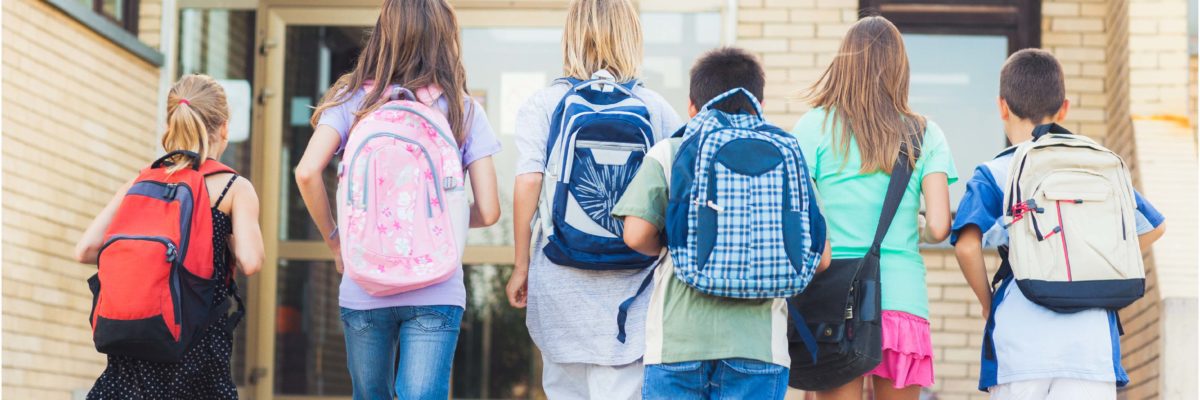Written by: Ben Walker
Schools are in the cleaning business.
That statement really says it all, but before I go off on one of my favorite impassioned rants, let me say one thing. If you’re managing a K-12 cleaning operation and you’re reading this article, relax — you’re cool. Rather, this column is intended to serve as a primer for defending the very critical roll your cleaning program plays when speaking to your superintendent, principal, PTA president, school board, state legislators and anyone else who wants to tell you how to clean school buildings.
Extensive research has shown that K-12 school environments have an improved capacity toward learning when they are clean. Perhaps the most comprehensive study on this concept was performed by Dr. Michael Berry at Charles Young Elementary School in Washington D.C.
The study’s main purpose evaluated correlations between educational performance of students and the quality (i.e. cleanliness) of their physical learning environment. Among the primary conclusions of this study was that the quality of learning is greatly impacted by the overall cleanliness of the indoor environment within the school. This was further confirmed when Berry reached similar conclusions in research done at the Frank Porter Graham School in 1998 and at the University of North-Carolina at Chapel Hill in 2006.
Six years later, facility management educator and IFMA fellow, Dr. Jeff Campbell reviewed the existing practice of cleaning schools and also laid out a compelling case for maintaining a clean school environment. The 2012 study, entitled “Clean Schools Initiative,” featured an academic review of existing literature on the state of the cleaning profession in the United States, and a case study of a complete remediation of the cleaning program at Dixon Middle School in Provo, Utah.
Ultimately, Campbell identified several takeaways for operations looking to improve cleaning and the indoor environment of schools. Specifically speaking, cleaning contributes to performance by reducing anxiety and distractions; controls the appearance, making a pleasant environment; and protects human health. Furthermore, Campbell concluded that when a school is systematically cleaned and maintained daily, the overall cost of running a custodial operation can decrease by almost 50 percent.
All of this begs the question, with the abundance of peer-reviewed, scholarly evidence, practical application and even anecdotal reporting of improved health outcomes, why it is still a fight to keep cleaning departments operational? In 2008, Berry even lamented, “It is too bad so few people have paid any attention to those peer reviewed research results that clearly demonstrate that a properly designed cleaning program will produce a healthy environmental condition.”
Over the years, I’ve had the privilege of working with a few K-12 schools — the cornerstone of my consulting business is setting up cleaning programs for colleges and university campuses. This is a subject that is very close to my heart.
The cleaning program at a school contributes holistically to the student learning environment. Much of their learning experience will be shaped by the cleanliness of the facility. Most importantly, the cleanliness of the facility can directly affect the positive or negative learning experience of every student, teacher and administrator that occupies that building.
The work you do is important. It helps people. Sometimes this gets lost in the shuffle of putting out the daily fires, the complaints and the de-prioritization of daily cleaning in favor of other events. When that happens, stop and remind yourself that what you do matters.
Ben Walker is the Director of Business Development for ManageMen, Inc., a leading cleaning industry consultancy specializing in training, transitions, auditing and educational materials. In addition to his consulting work, Walker is the author of ISSA’s best selling book: 612 Cleaning Times and Tasks.

